8 Plankton_small
8.1 Egg_Small_larva
8.1.1 Small_larva
8.1.1.1 Echinoidea_pluteus
In previous studies (and associated training sets), this group was not studied.
The Echinoidea is a class of Echinoderms. The main characteristics of Echinoderms are have a pentamerous radial symmetry, an internal skelleton and a mutable connective tissue. Sea stars, sea cucumbers and sea urchins can be found in this phylum. The Sea urchins are the main organisms of the class Echinoidae. The Echinoplueus is the free swimming larva of Echinoidae. This larva is small in size and has six pairs of long larval arms. It looks like an ophiopluteus. However, ophiopluteus have two longer larval arms than the others (Section 8.1.1.2). The Echinoidae has regular and irregular externals structures. The larva of regular species have all their arms in the same direction (Figure 8.1)




The larva of irregular species is a long larval arm opposite the other arms (Figure 8.2).


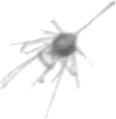
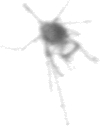
8.1.1.2 Ophiuroidea_pluteus
In previous studies (and associated training sets), this group was not studied.
The Ophiuroidae is a class of Echinoderms. The ophioplueus is the free swimming larva of Ophiuroidae. This larva is also small in size and looks like an echinopluteus. It t has 8 long larval arms, 2 of which are very long (Figure 8.3).




8.1.1.3 Crustacea_small_larva
8.1.1.3.1 Crustacea_metanauplius
In previous studies (and associated training sets), this group was not studied.
The metanauplius have a long body with six appendages ( antennules, antennae, and mandibles). On the vignettes, the six appendages are not always visible (Figure 8.5).
plot_vignettes(vigns, group = "Crustacea_metanauplius", nx = 2, ny = 2)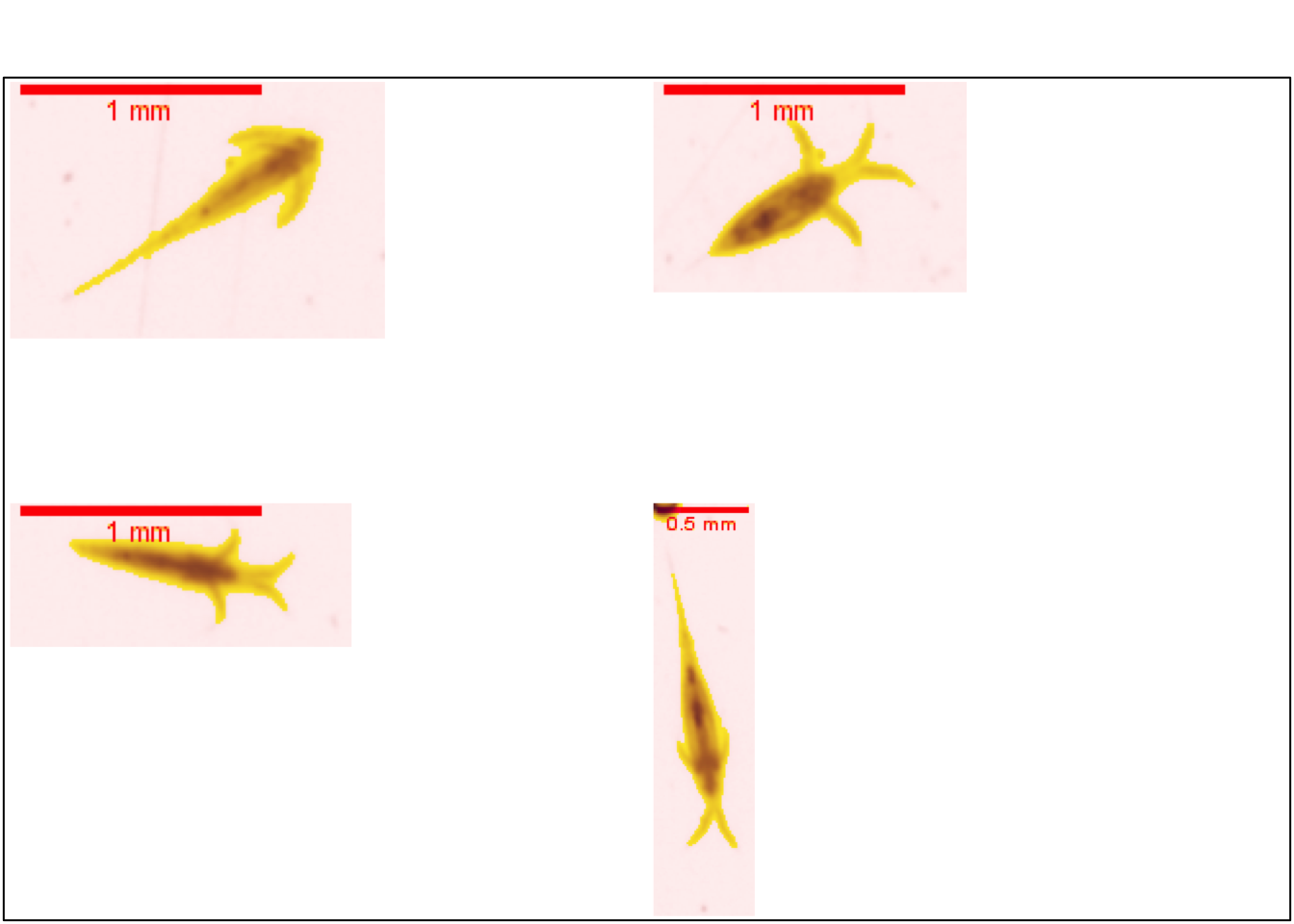
This group is similar to the metanauplii group in ZooScanNet ( Figure 8.5 ).




8.1.1.3.2 Crustacea_nauplius
The Nauplius of the crustacea have Egg-shaped body with six appendages ( antennules, antennae, and mandibles) ( Figure 8.6 ).
plot_vignettes(vigns, group = "Crustacea_nauplius", nx = 5, ny = 5)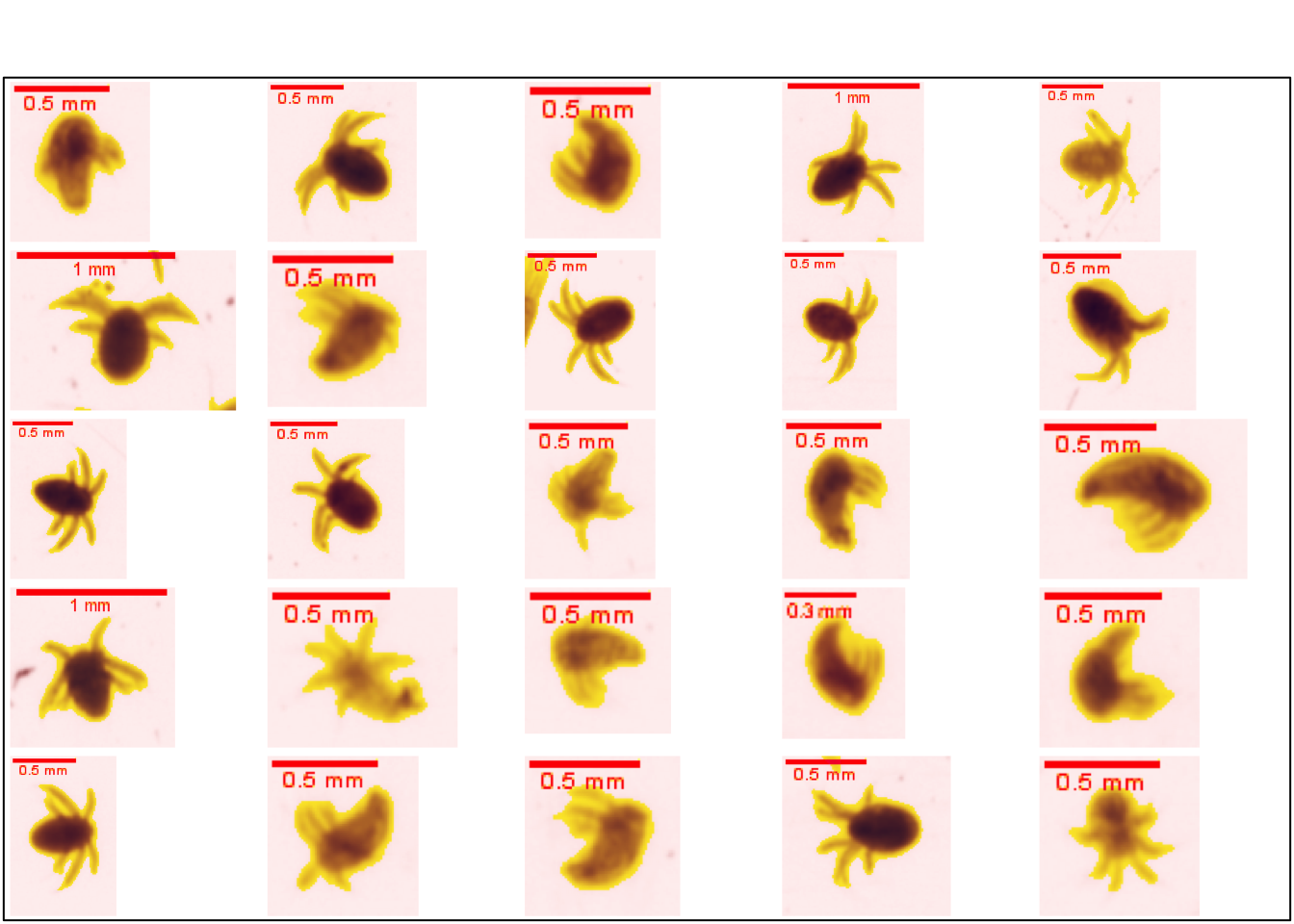
This group is similar to the nauplii__Crustaceae group in ZooScanNet ( Figure 8.7 ).






8.1.1.3.3 Cirripedia_nauplius
In previous studies (and associated training sets), this group was not studied.
This section is not yet completed
8.1.1.3.4 Cirripedia_cypris
In previous studies (and associated training sets), this group was not studied.
This group is similar to the nauplii__Crustaceae group in ZooScanNet ( Figure 8.8 ). This larvae have an elongated caparace with a nauplii eye darker on the ZooScanNet images. The appendages are not always visible.


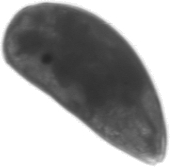

8.1.1.4 Bryozoa_cyphonautes
In previous studies (and associated training sets), this group was not studied.
Bryozoa is a phylum of aquatic organisms. The main characteristics of bryozoa is the lophophore. The lophophore is ring of tentacles around the mouth.
The cyphonautes have a triangular shape. At the base of the triangle is a coronna. It is a ciliated band (Figure 8.9).




8.1.2 Egg
8.1.2.1 Mollusca_egg
In previous studies (and associated training sets), this group was not studied.
In the ZooSCanNet, there are a specific group for egg of Cavolina inflexa. They are often found in groups.These eggs are cone-shaped (Figure 8.10). They have a similar shape to the adults (Section 6.1.2.1.2).
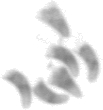
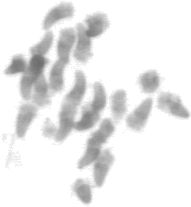


8.1.2.2 Actinopterygii_egg
The identification of fish eggs is complicated. Different criteria are used such as the structure of the yolk, the presence (or not) of peri-vitelin space or the diameter of the egg. There are exceptions like anchovy eggs which are oblong and not spherical.
Crec’hriou, Marinaro, and Planes (2015) have proposed an identification guide of pelagic eggs of mediterranean fish. This guide uses eggs at stage 5.
8.1.2.2.1 Actinopterygii_egg_stage1
This section is not yet completed
8.1.2.2.2 Actinopterygii_egg_stage2
This section is not yet completed
8.1.2.2.3 Actinopterygii_egg_stage3
This section is not yet completed
8.1.2.2.4 Actinopterygii_egg_stage4
This section is not yet completed
8.1.2.2.5 Actinopterygii_egg_stage5
At this stage, the embryo is clearly visible and surrounds the yolk sac. The oil globule is usually visible (Figure 8.11).
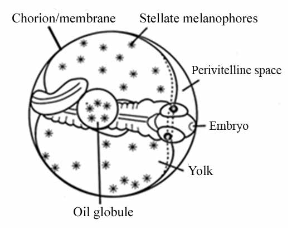
Figure 8.12 shows several vignettes of actinopterygii eggs at stage 5.
plot_vignettes(vigns, group = "Actinopterygii_egg_stage5")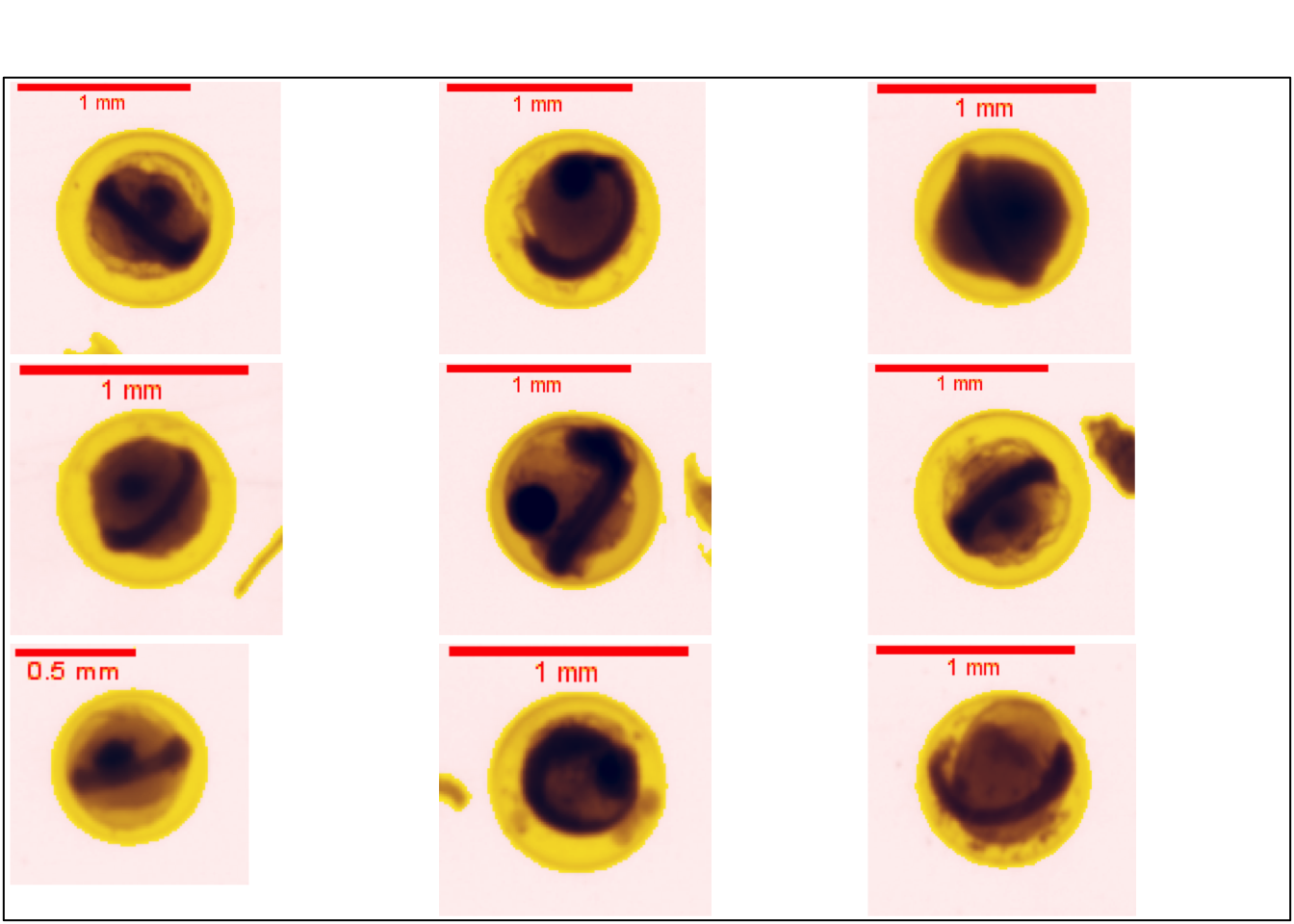
In the ZooScanNet, egg__actinopterygii group consists mainly of eggs at stage 5 (Figure 8.13).




8.1.2.3 Egg_other
This group includes vignettes that are not fish eggs and mollusc eggs. The Figure 8.14 shows several eggs containing nauplii.
plot_vignettes(vigns, group = "Egg_other")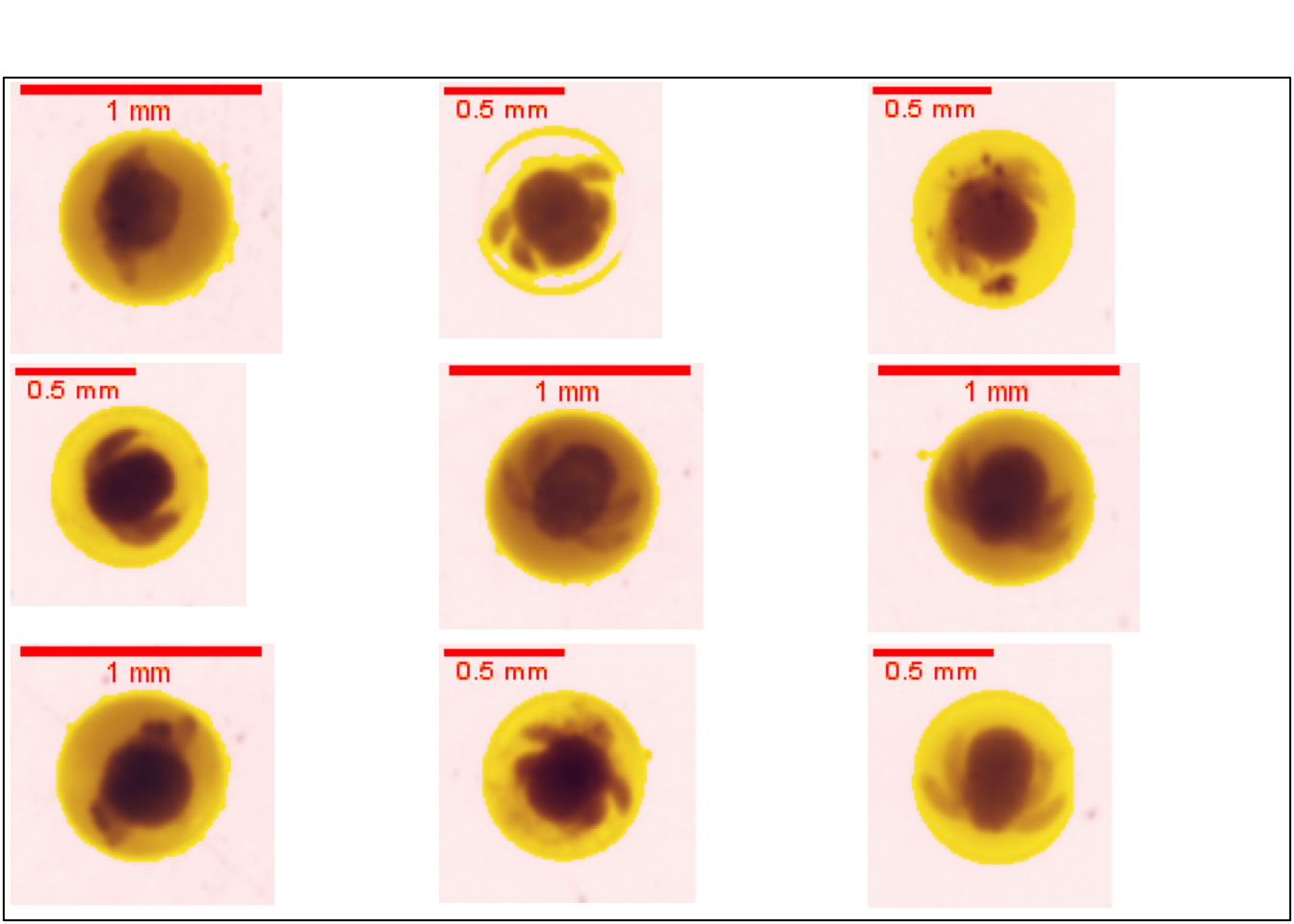
This group is similar to the egg__other group in ZooScanNet (Figure 8.15).




8.2 Chromista
8.2.1 Bacillariophyceae
8.2.1.1 Coscinodiscales
8.2.1.1.1 Coscinodiscus
In previous studies (and associated training sets), this group was not studied.
Coscinodiscus is a diatom. The main characteristics of diatom is frustule (cell wall made of silica). The Coscinodiscus have a cylindrical shape.
The base of the cylinder is spherical with a darker periphery ( Figure 8.16 ) while the edge is square with light and dark bands ( Figure 8.17 ).








8.2.2 Dinophyceae
Dinophyceae is a class of Dinoflagellates. They are very abundant in both marine and freshwater environments. They include autotrophs, mixotrophs and grazers. For example, the genus Symbiodinium is known for its symbiosis with corals (Taylor, Hoppenrath, and Saldarriaga 2008).
8.2.2.1 Gonyaulacales
8.2.2.1.1 Ceratium
They can be recognised by the 3 horns (2 lateral horns and 1 apical horn) formed by cellulose plates named theca ( Figure 8.18 ).
plot_vignettes(vigns, group = "Ceratium", nx = 4)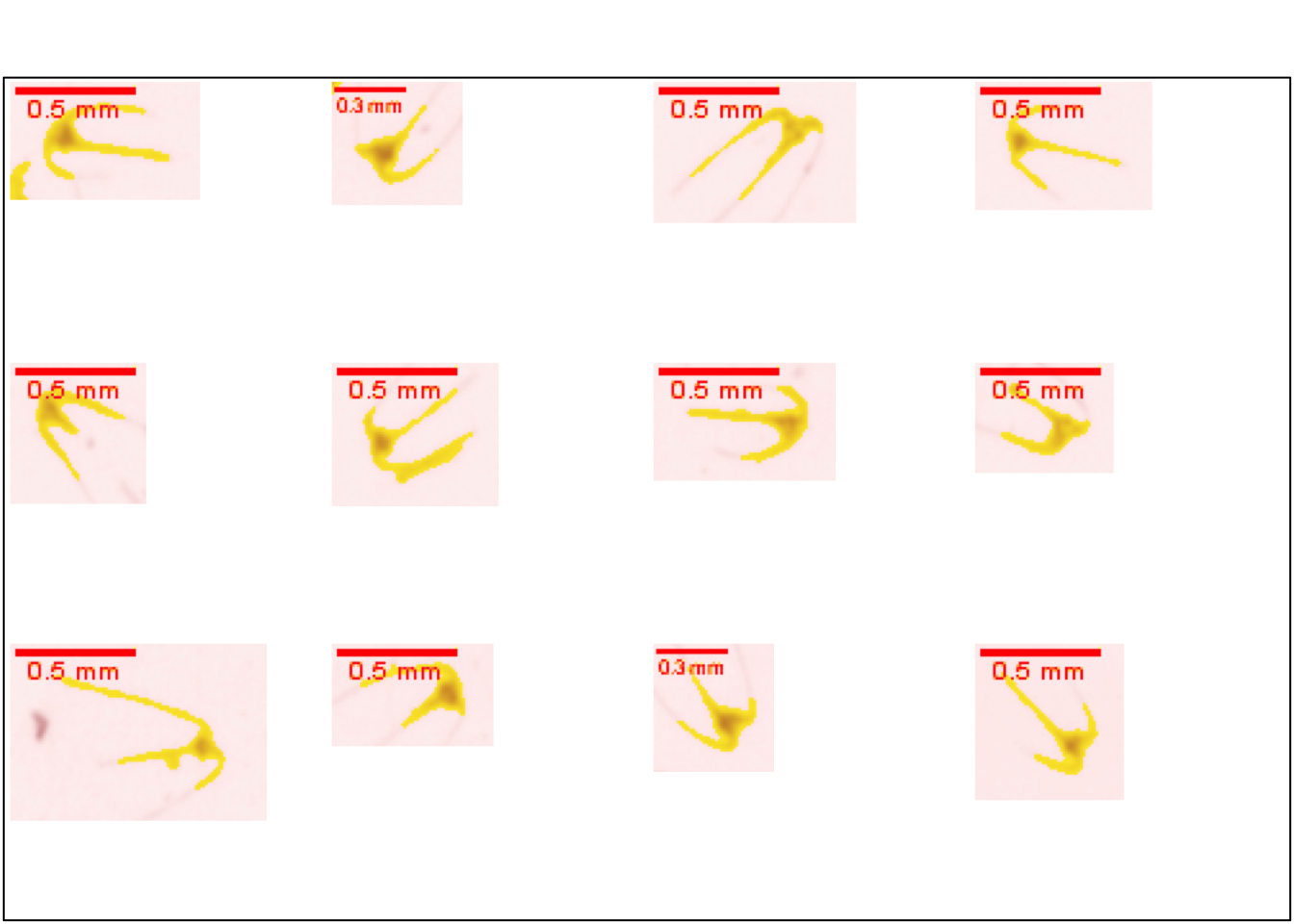
This group is similar to the Neoceratium group in ZooScanNet ( Figure 8.19 ). These organisms are often found in groups




8.2.2.2 Noctilucales
8.2.2.2.1 Noctiluca
In previous studies (and associated training sets), this group was not studied.
These organisms are known for bioluminescence. They are spherical with a dense eccentric nucleus. They have a denser groove on the images ( Figure 8.20)




8.2.3 Rhizaria
8.2.3.1 Cercozoa
8.2.3.1.1 Thecofilosea
Aulacantha scolymantha is the best known species of phaeodaria. These organisms are spherical surrounded by radiale spines with a dense central capsule (Nakamura and Suzuki 2015). From the centre outwards, we have a dense capsule, a lighter spherical sleracoma and spines ( Figure 8.21 ).
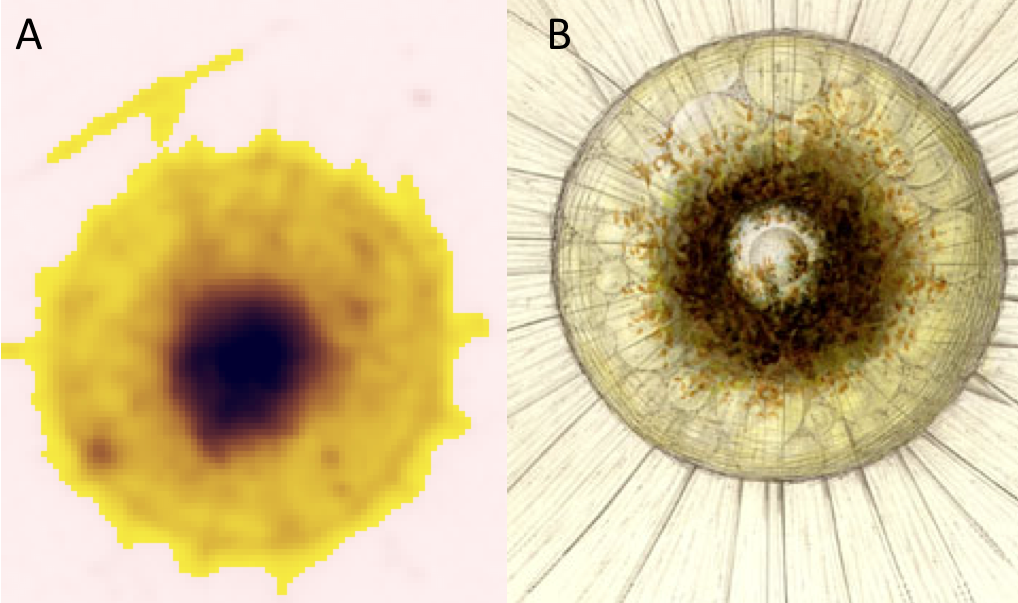
Figure 8.22 shows several vignettes of Aulacantha scolymantha.
plot_vignettes(vigns, group = "Thecofilosea", nx = 4)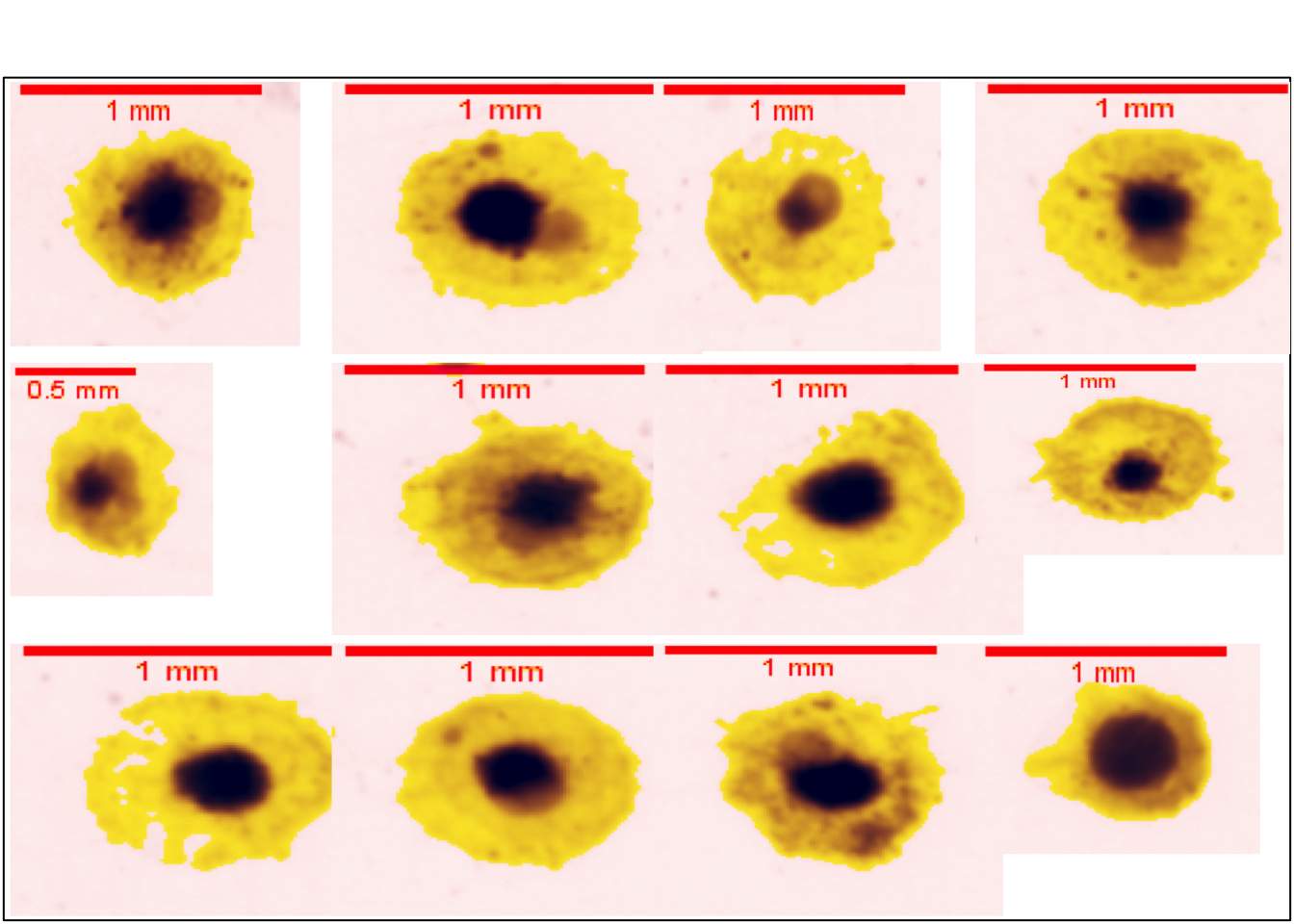
This group is similar to the Phaeodaria group in ZooScanNet ( Figure 8.23 ).




8.2.3.2 Foraminifera
8.2.3.2.1 Nodosariata
This section is not yet completed
In previous studies (and associated training sets), this group was not studied.
8.2.3.3 Radiozoa
8.2.3.3.1 Acantharia
In previous studies (and associated training sets), this group was not studied.
The nucleus is dense and surrounded by long spines.
This group is similar to the Acantharea group in ZooScanNet ( Figure 8.24 ).




8.2.3.3.2 Polycystina
This section is not yet completed
In previous studies (and associated training sets), this group was not studied.